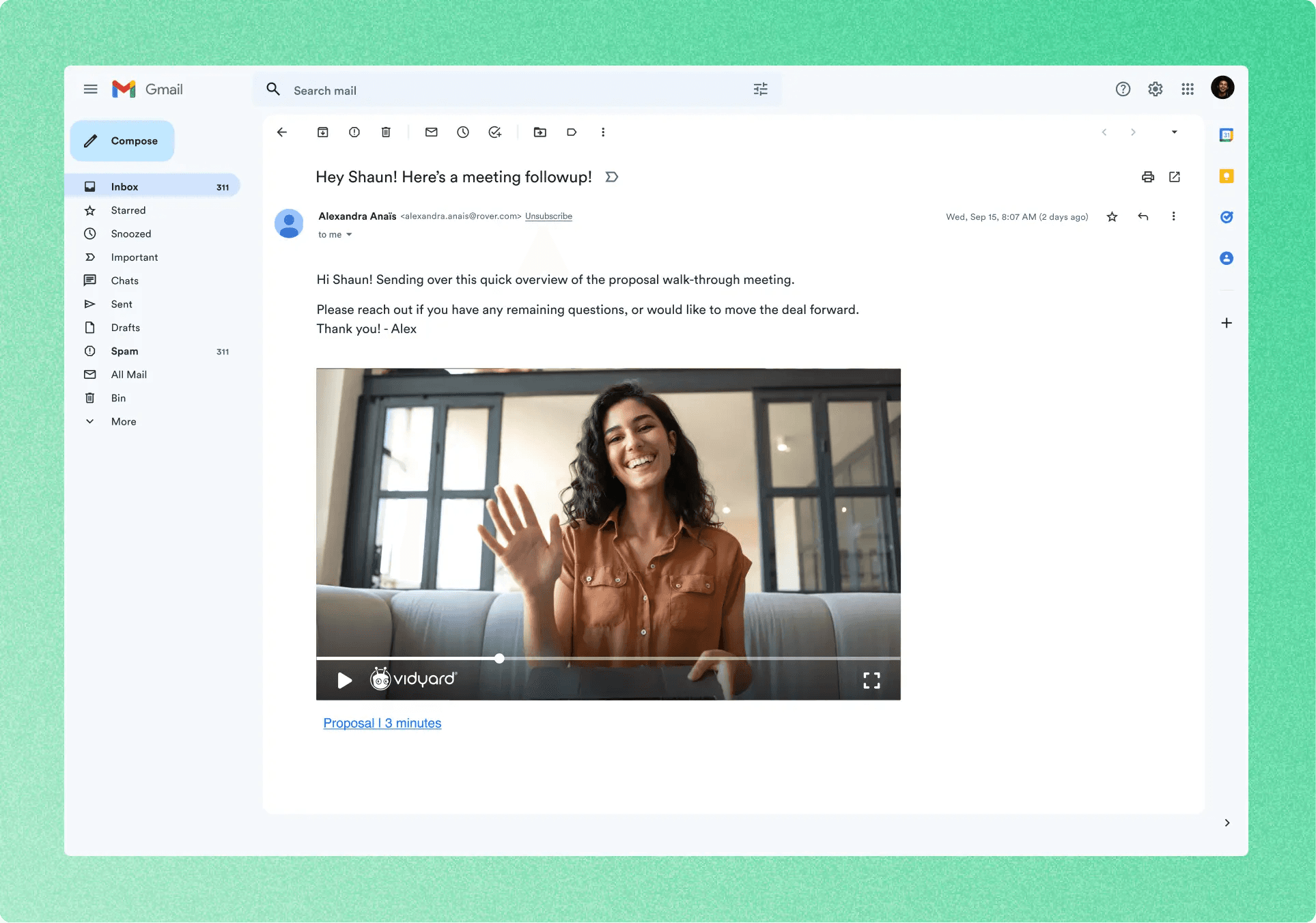ROI (Return on Investment): This is a measure of the profitability of an investment. It's calculated by dividing the net profit from the investment by the cost of the investment, and then multiplying the result by 100 to get a percentage.
Customer Acquisition Cost (CAC): This is the total cost of acquiring a new customer, including all marketing and sales expenses. It's calculated by dividing the total costs associated with acquisition by the number of new customers acquired in the period the money was spent.
LTV or CAC Ratio (Lifetime Value to Customer Acquisition Cost Ratio): This ratio compares the value of a customer over their lifetime (LTV) to the cost of acquiring them (CAC). A higher ratio indicates that the value of a customer is greater than the cost to acquire them, which is a positive sign for the business.
Annual Churn Rate: This is the percentage of customers who stop using a company's product or service during a given year. A lower churn rate is better, as it means more customers are staying with the company.
Lead to MQL Conversion Rate: This measures the percentage of leads that become marketing qualified leads (MQLs). A higher conversion rate suggests that the company's marketing efforts are effective at turning potential customers into leads who are ready to be contacted by sales.
Visitor to Lead Conversion Rate: This is the percentage of website visitors who become leads. A higher conversion rate indicates that the website is effective at capturing the interest of visitors and turning them into potential customers.
Monthly Unique Visitors: This is the number of distinct individuals who visit a website during a given month, regardless of how often they visit. More unique visitors generally means more potential customers, which can lead to increased sales.
However, interpreting these metrics and implementing strategies based on them can be complex. That's where Sapiens comes in. With our expertise, we can guide you through this process, helping you understand what these numbers mean for your business and how you can use them to your advantage.
Don't navigate these waters alone. Contact us today and let us help you turn these metrics into actionable insights for your business.
👉 Download our B2B marketing blueprint here!





